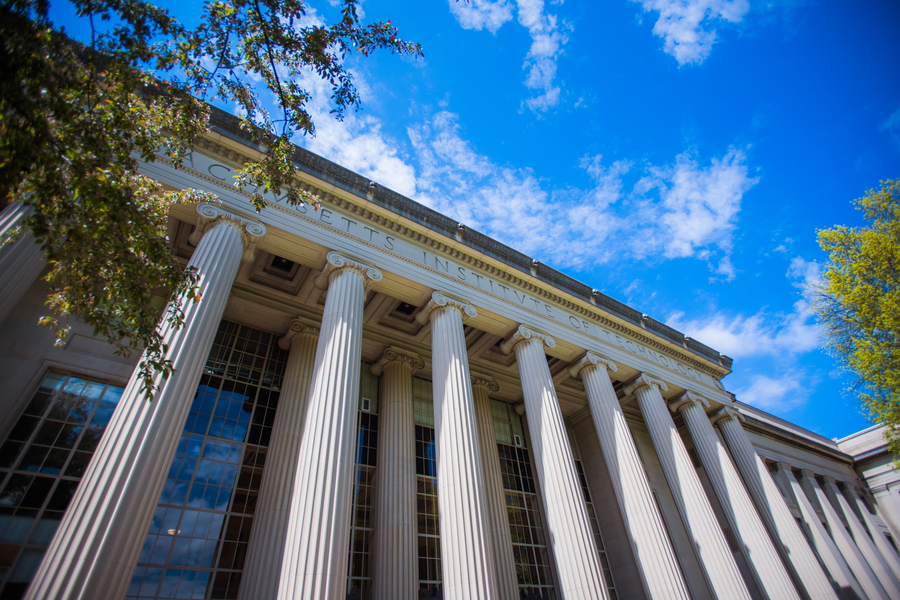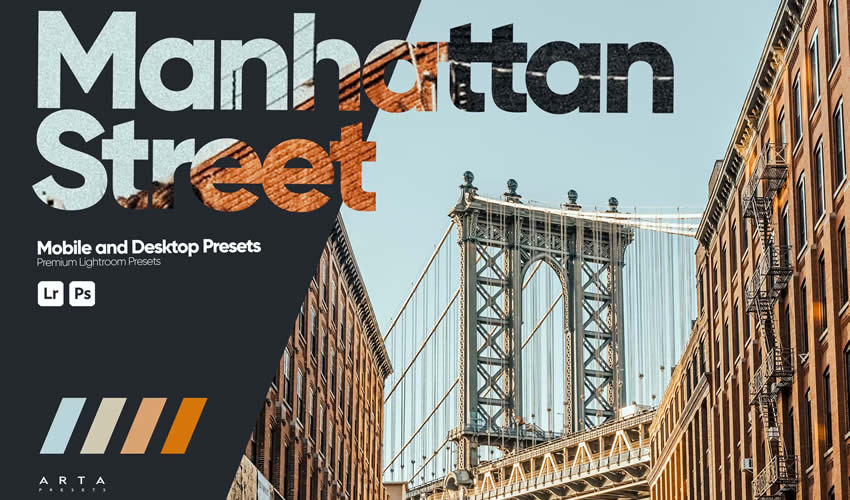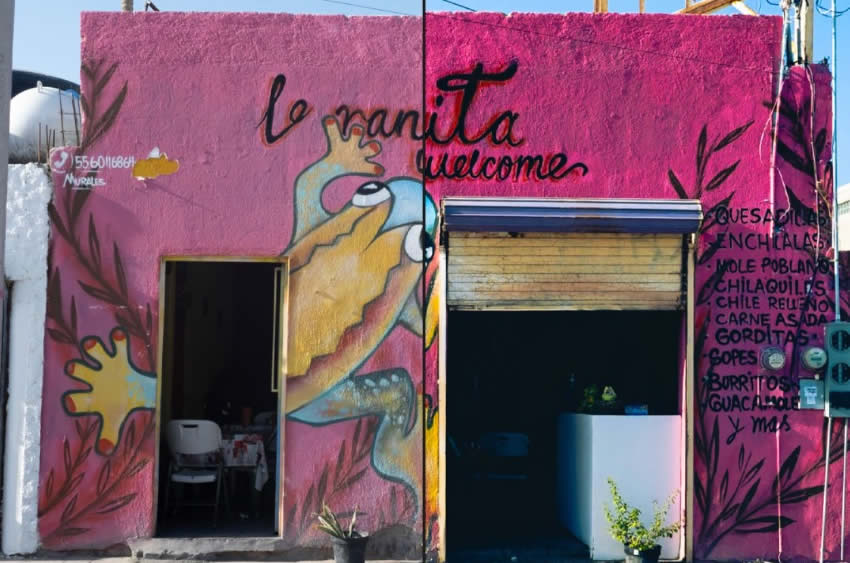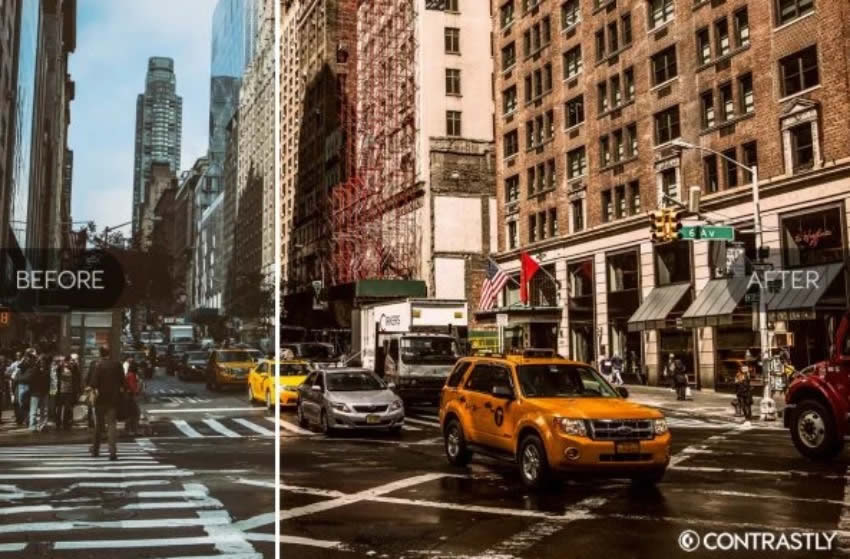
Hottest day on record. Hottest month on record. Extreme marine heatwaves. Record-low Antarctic sea-ice.
While El Niño is a short-term factor in this year’s record-breaking heat, human-caused climate change is the long-term driver. And as global warming edges closer to 1.5 degrees Celsius — the aspirational upper limit set in the Paris Agreement in 2015 — ushering in more intense and frequent heatwaves, floods, wildfires, and other climate extremes much sooner than many expected, current greenhouse gas emissions-reduction policies are far too weak to keep the planet from exceeding that threshold. In fact, on roughly one-third of days in 2023, the average global temperature was at least 1.5 C higher than pre-industrial levels. Faster and bolder action will be needed — from the in-progress United Nations Climate Change Conference (COP28) and beyond — to stabilize the climate and minimize risks to human (and nonhuman) lives and the life-support systems (e.g., food, water, shelter, and more) upon which they depend.
Quantifying the risks posed by simply maintaining existing climate policies — and the benefits (i.e., avoided damages and costs) of accelerated climate action aligned with the 1.5 C goal — is the central task of the 2023 Global Change Outlook, recently released by the MIT Joint Program on the Science and Policy of Global Change.
Based on a rigorous, integrated analysis of population and economic growth, technological change, Paris Agreement emissions-reduction pledges (Nationally Determined Contributions, or NDCs), geopolitical tensions, and other factors, the report presents the MIT Joint Program’s latest projections for the future of the earth’s energy, food, water, and climate systems, as well as prospects for achieving the Paris Agreement’s short- and long-term climate goals.
The 2023 Global Change Outlook performs its risk-benefit analysis by focusing on two scenarios. The first, Current Trends, assumes that Paris Agreement NDCs are implemented through the year 2030, and maintained thereafter. While this scenario represents an unprecedented global commitment to limit greenhouse gas emissions, it neither stabilizes climate nor limits climate change. The second scenario, Accelerated Actions, extends from the Paris Agreement’s initial NDCs and aligns with its long-term goals. This scenario aims to limit and stabilize human-induced global climate warming to 1.5 C by the end of this century with at least a 50 percent probability. Uncertainty is quantified using 400-member ensembles of projections for each scenario.
This year’s report also includes a visualization tool that enables a higher-resolution exploration of both scenarios.
Energy
Between 2020 and 2050, population and economic growth are projected to drive continued increases in energy needs and electrification. Successful achievement of current Paris Agreement pledges will reinforce a shift away from fossil fuels, but additional actions will be required to accelerate the energy transition needed to cap global warming at 1.5 C by 2100.
During this 30-year period under the Current Trends scenario, the share of fossil fuels in the global energy mix drops from 80 percent to 70 percent. Variable renewable energy (wind and solar) is the fastest growing energy source with more than an 8.6-fold increase. In the Accelerated Actions scenario, the share of low-carbon energy sources grows from 20 percent to slightly more than 60 percent, a much faster growth rate than in the Current Trends scenario; wind and solar energy undergo more than a 13.3-fold increase.
While the electric power sector is expected to successfully scale up (with electricity production increasing by 73 percent under Current Trends, and 87 percent under Accelerated Actions) to accommodate increased demand (particularly for variable renewables), other sectors face stiffer challenges in their efforts to decarbonize.
“Due to a sizeable need for hydrocarbons in the form of liquid and gaseous fuels for sectors such as heavy-duty long-distance transport, high-temperature industrial heat, agriculture, and chemical production, hydrogen-based fuels and renewable natural gas remain attractive options, but the challenges related to their scaling opportunities and costs must be resolved,” says MIT Joint Program Deputy Director Sergey Paltsev, a lead author of the 2023 Global Change Outlook.
Water, food, and land
With a global population projected to reach 9.9 billion by 2050, the Current Trends scenario indicates that more than half of the world’s population will experience pressures to its water supply, and that three of every 10 people will live in water basins where compounding societal and environmental pressures on water resources will be experienced. Population projections under combined water stress in all scenarios reveal that the Accelerated Actions scenario can reduce approximately 40 million of the additional 570 million people living in water-stressed basins at mid-century.
Under the Current Trends scenario, agriculture and food production will keep growing. This will increase pressure for land-use change, water use, and use of energy-intensive inputs, which will also lead to higher greenhouse gas emissions. Under the Accelerated Actions scenario, less agricultural and food output is observed by 2050 compared to the Current Trends scenario, since this scenario affects economic growth and increases production costs. Livestock production is more greenhouse gas emissions-intensive than crop and food production, which, under carbon-pricing policies, drives demand downward and increases costs and prices. Such impacts are transmitted to the food sector and imply lower consumption of livestock-based products.
Land-use changes in the Accelerated Actions scenario are similar to those in the Current Trends scenario by 2050, except for land dedicated to bioenergy production. At the world level, the Accelerated Actions scenario requires cropland area to increase by 1 percent and pastureland to decrease by 4.2 percent, but land use for bioenergy must increase by 44 percent.
Climate trends
Under the Current Trends scenario, the world is likely (more than 50 percent probability) to exceed 2 C global climate warming by 2060, 2.8 C by 2100, and 3.8 C by 2150. Our latest climate-model information indicates that maximum temperatures will likely outpace mean temperature trends over much of North and South America, Europe, northern and southeast Asia, and southern parts of Africa and Australasia. So as human-forced climate warming intensifies, these regions are expected to experience more pronounced record-breaking extreme heat events.
Under the Accelerated Actions scenario, global temperature will continue to rise through the next two decades. But by 2050, global temperature will stabilize, and then slightly decline through the latter half of the century.
“By 2100, the Accelerated Actions scenario indicates that the world can be virtually assured of remaining below 2 C of global warming,” says MIT Joint Program Deputy Director C. Adam Schlosser, a lead author of the report. “Nevertheless, additional policy mechanisms must be designed with more comprehensive targets that also support a cleaner environment, sustainable resources, as well as improved and equitable human health.”
The Accelerated Actions scenario not only stabilizes global precipitation increase (by 2060), but substantially reduces the magnitude and potential range of increases to almost one-third of Current Trends global precipitation changes. Any global increase in precipitation heightens flood risk worldwide, so policies aligned with the Accelerated Actions scenario would considerably reduce that risk.
Prospects for meeting Paris Agreement climate goals
Numerous countries and regions are progressing in fulfilling their Paris Agreement pledges. Many have declared more ambitious greenhouse gas emissions-mitigation goals, while financing to assist the least-developed countries in sustainable development is not forthcoming at the levels needed. In this year’s Global Stocktake Synthesis Report, the U.N. Framework Convention on Climate Change evaluated emissions reductions communicated by the parties of the Paris Agreement and concluded that global emissions are not on track to fulfill the most ambitious long-term global temperature goals of the Paris Agreement (to keep warming well below 2 C — and, ideally, 1.5 C — above pre-industrial levels), and there is a rapidly narrowing window to raise ambition and implement existing commitments in order to achieve those targets. The Current Trends scenario arrives at the same conclusion.
The 2023 Global Change Outlook finds that both global temperature targets remain achievable, but require much deeper near-term emissions reductions than those embodied in current NDCs.
Reducing climate risk
This report explores two well-known sets of risks posed by climate change. Research highlighted indicates that elevated climate-related physical risks will continue to evolve by mid-century, along with heightened transition risks that arise from shifts in the political, technological, social, and economic landscapes that are likely to occur during the transition to a low-carbon economy.
“Our Outlook shows that without aggressive actions the world will surpass critical greenhouse gas concentration thresholds and climate targets in the coming decades,” says MIT Joint Program Director Ronald Prinn. “While the costs of inaction are getting higher, the costs of action are more manageable.”



































